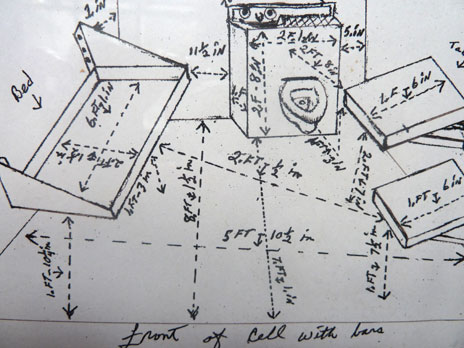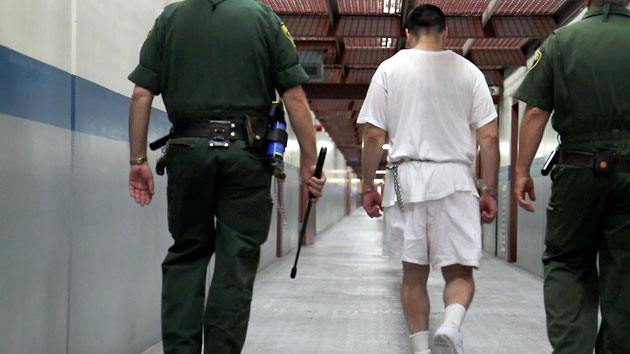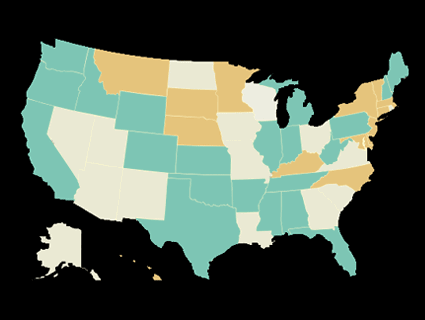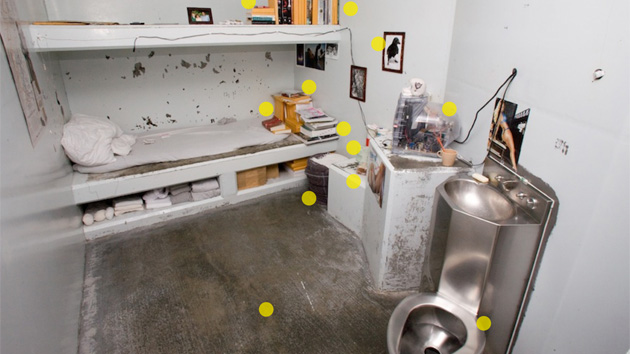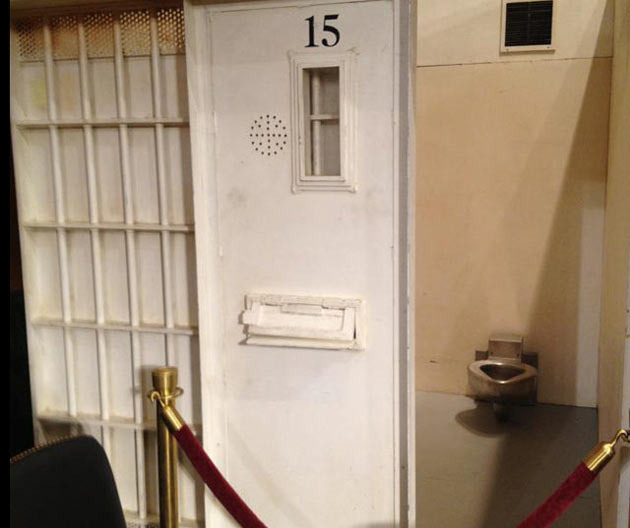This story first appeared online at Solitary Watch.
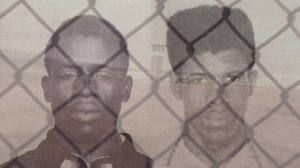
James “Buddy” Caldwell, attorney general of the state of Louisiana, has released a statement saying unequivocally that Herman Wallace and Albert Woodfox, the two still-imprisoned members of the Angola 3, “have never been held in solitary confinement while in the Louisiana penal system.”
In fact, Wallace, now 71, and Woodfox, 66, have been in solitary for nearly 41 years, quite possibly longer than any other human beings on the planet. They were placed in solitary following the 1972 killing of a young corrections officer at Angola, and except for a few brief periods, they have remained in isolation ever since.
The statement from Caldwell follows on the heels of a ruling by a federal district court judge in New Orleans, overturning Albert Woodfox’s conviction for the third time—in this instance, on the grounds that there had been racial bias in the selection of grand jury forepersons in Louisiana at the time of his indictment. Subsequently, Amnesty International, along with other activists, mounted a campaign urging the state of Louisiana not to appeal the federal court’s ruling. In the absence of an appeal, Woodfox would have to be given a new trial or released.
Caldwell’s statement—which was rather mysteriously sent out to an email list that included numerous prisoners’ rights advocates who have supported the Angola 3—begins: “Thank you for your interest in the ambush, savage attack and brutal murder of Officer Brent Miller at Louisiana State Penitentiary (LSP) on April 17, 1972. Albert Woodfox and Herman Wallace committed this murder, stabbing and slicing Miller over 35 times.”
Caldwell clearly states that he has every intention of appealing the district court’s decision to the notoriously conservative Fifth Circuit: “We feel confident that we will again prevail at the Fifth Circuit Court of Appeals. However, if we do not, we are fully prepared and willing to retry this murderer again.” Caldwell asserts that the evidence against Woodfox is “overpowering”: “There are no flaws in our evidence and this case is very strong.”
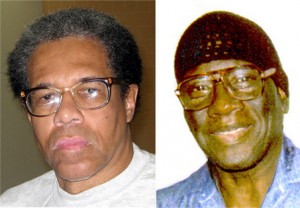
These statements belie the fact that much of the evidence that led to Wallace and Woodfox’s conviction has since been called into question. In particular, the primary eyewitness was shown to have been bribed by prison officials into making statements against the two men. (For more details on the case, see our earlier reporting in Mother Jones, here, here, here, and here.) The two men believe that they were targeted for the murder, and have been held in solitary for four decades, because of their status as Black Panthers and their efforts to organize against prison conditions. (The third member of the Angola 3, Robert King, convicted of a separate prison murder, was released after 29 years in solitary when his conviction was overturned in 2001.)
But Caldwell’s most controversial assertion is that Wallace’s and Woodfox’s conditions of confinement over the past 40 years do not qualify as solitary confinement:
Contrary to popular lore, Woodfox and Wallace have never been held in solitary confinement while in the Louisiana penal system. They have been held in protective cell units known as CCR. These units were designed to protect inmates as well as correctional officers. They have always been able to communicate freely with other inmates and prison staff as frequently as they want. They have televisions on the tiers which they watch through their cell doors. In their cells they can have radios and headsets, reading and writing materials, stamps, newspapers, magazines and books. They also can shop at the canteen store a couple of times per week where they can purchase grocery and personal hygiene items which they keep in their cells.
These convicted murderers have an hour outside of their cells each day where they can exercise in the hall, talk on the phone, shower, and visit with the other 10 to 14 inmates on the tier. At least three times per week they can go outside on the yard and exercise and enjoy the sun if they want. This is all in addition to the couple of days set aside for visitations each week.
These inmates are frequently visited by spiritual advisors, medical personnel and social workers. They have had frequent and extensive contact with numerous individuals from all over the world, by telephone, mail, and face-to-face personal visits. They even now have email capability. Contrary to numerous reports, this is not solitary confinement.
Caldwell’s description does not, in fact, refute the fact that the two men are held for 23 hours a day in closed cells that measure approximately 6 x 9 feet—smaller than the average parking space. CCR, or Closed Cell Restricted, is the Louisiana prison system’s euphemism of choice for solitary confinement.
In addition to challenging their convictions, Wallace and Woodfox have filed a civil suit in federal court, arguing that their 40 years in solitary confinement violate the US Constitution. Their lawyers argue that both have endured physical injury and “severe mental anguish and other psychological damage” from living most of their adult lives in lockdown. According to medical reports submitted to the court, the men suffer from arthritis, hypertension, and kidney failure, as well as memory impairment, insomnia, claustrophobia, anxiety, and depression. Even the psychologist brought in by the state confirmed these findings.
In his statement, Caldwell warns that if they win their civil suit, “these convicted murderers…could possibly receive money and a change in their housing assignments.” Any move out of solitary has been firmly opposed by the warden of Angola, Burl Cain. In a 2008 deposition, attorneys for Woodfox asked Cain, “Let’s just for the sake of argument assume, if you can, that he is not guilty of the murder of Brent Miller.” Cain responded, “Okay, I would still keep him in CCR…I still know that he is still trying to practice Black Pantherism, and I still would not want him walking around my prison because he would organize the young new inmates. I would have me all kind of problems, more than I could stand, and I would have the blacks chasing after them.”
Caldwell himself has even more vociferously opposed releasing the men from solitary. An ambitious Democrat-turned-Republican known for his Elvis impersonations, Caldwell took office in 2007 and was reelected in 2011. He has characterized the Angola 3 as political radicals and called Woodfox “the most dangerous person on the planet.”
In the fall of 2008, after Woodfox’s conviction was overturned for the second time, a federal court judge ordered him released on bail pending the state’s appeal. Caldwell opposed the release “with every fiber of my being.” Woodfox planned to stay with his niece, but his lawyers uncovered evidence that the state had emailed the neighborhood association of the gated community where she lived to say that a murderer would be moving in next door. Caldwell soon convinced the Fifth Circuit Court of Appeals to revoke Woodfox’s bail. He also brought Woodfox’s habeas case to the full Fifth Circuit, which reversed the lower court ruling and reinstated his conviction.
Now that a federal judge has ruled, for the third time, that Woodfox did not receive a fair trial, Caldwell apparently feels the need to reiterate his position. “Let me be clear,” his statement concludes. “Woodfox and Wallace are GUILTY and have NEVER been held in solitary confinement” (emphasis in the original).
